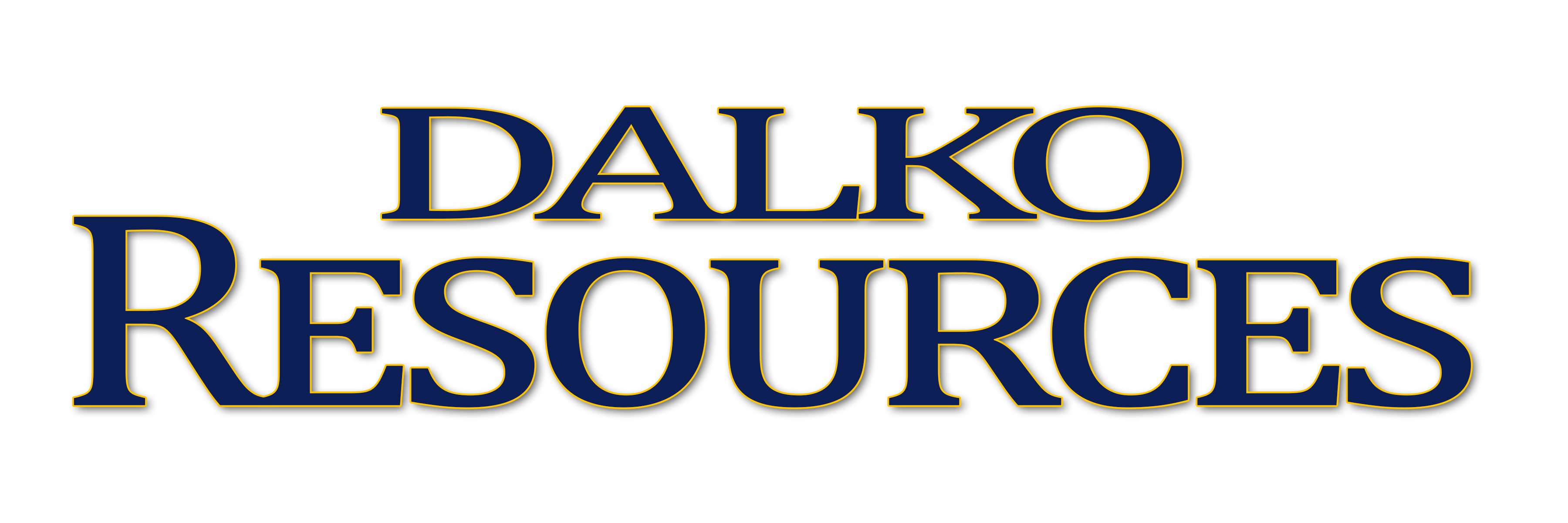US carload volume for the week ending February 8, 2014 was down 4.3 percent compared with the same week last year, while intermodal volume was up 0.6 percent according to the Weekly Rail Traffic Summary released by the AAR. Total US rail traffic for the week was down 2 percent compared to the same week in 2013.
For the first 6 weeks of 2014 US carload volume was down 0.4 percent from the same point last year, however intermodal volume was up 1.1 percent. Total US rail traffic was up 3.0 percent from the same point last year for the first 6 weeks of 2014. Read More





